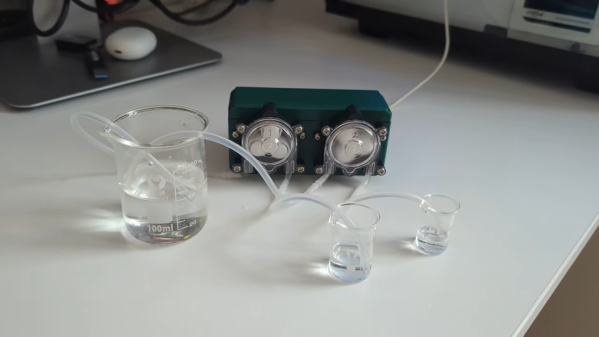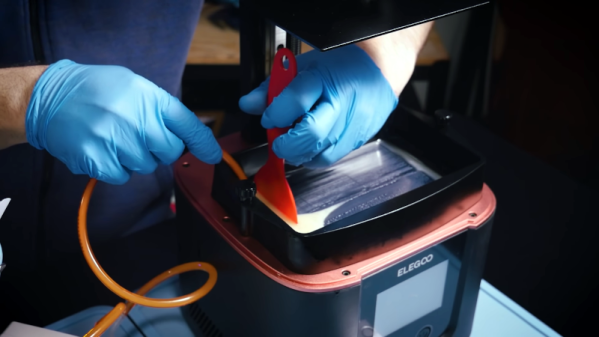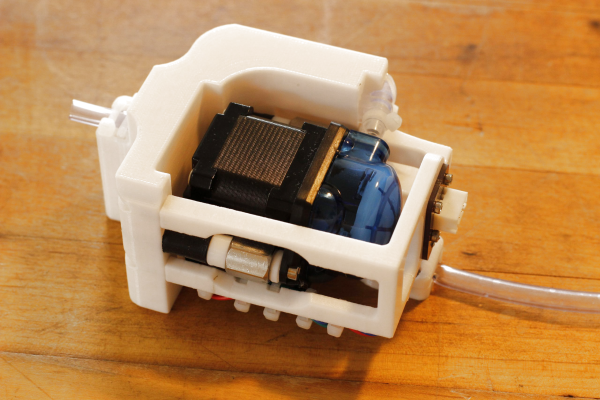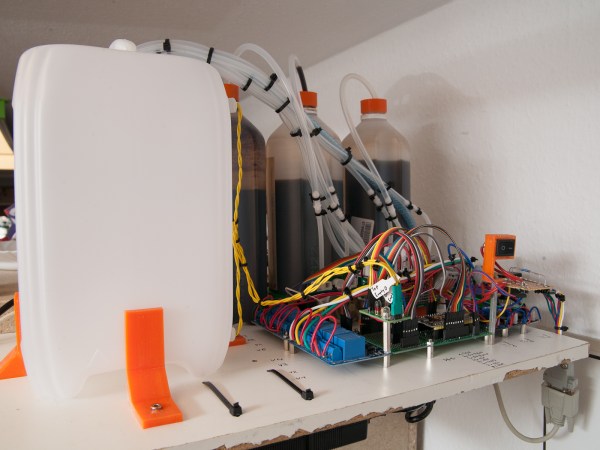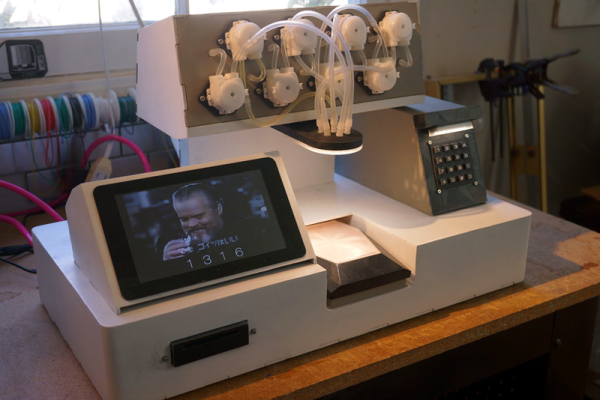When you’re maintaining a fish tank, it’s actually quite important to get all your basic chemistry right. Mismanage things, and you’ll kill all the helpful bacteria in the tank, or kill your fish when things get too alkaline or too acidic. To help him get things just right, [yojoebosolo] built a custom dosing pump to maintain his fishtank.
The pumps themselves are small peristaltic pumps sourced from AliExpress. They can be had for under $10 if you look hard enough. Two of these are assembled into a PLA housing. Meanwhile, the brains of the operation is a Raspberry Pi Pico. It’s charged with running the pumps to a regular schedule, ensuring that just the right amount of chemicals are delivered when they are needed. It delivers 2 mL of Kalkwasser solution into [yojoebosolo’s] reef tank every ten minutes. The pumps are switched on and off with a simple 5V relay.
If you’ve got a delicate and complex fish tank that demands only the best, building your own dosing pump may be the way to go. Off-the-shelf versions can be expensive, after all, so sometimes it makes sense to roll your own. Video after the break.
Continue reading “Fish Tank Dosing Pump Built Using Pi Pico”

